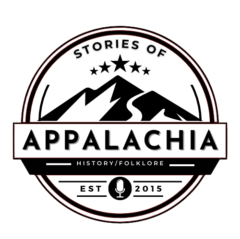On December 26, 1820, Moses Austin, founder of Austinville, Virginia, met with Spanish officials in San Antonio with a daring proposal: to establish an American colony in the Mexican region of Tejas. Though his life ended before his vision could be realized, Austin’s efforts laid the groundwork for what would become the Republic of Texas.
Appalachian Beginnings
Moses Austin was born in Suffield, Connecticut, in 1761 but made his mark in the Appalachian region of Southwest Virginia. In 1789, he and his brother revitalized an abandoned lead mine, founding the community of Austinville along the New River. The mine became a cornerstone of early American industry, producing lead for the roof of the Virginia Capitol and producing drop shot for firearms.
The success of Austinville was one of Austin’s accomplishments, but Moses was not one to rest on his achievements. In search of greater opportunities, he moved west to Missouri, then under Spanish control, to establish additional lead mining operations.
Challenges and a New Vision
Despite his entrepreneurial spirit, labor shortages and high costs in Missouri left Austin bankrupt. Yet, his dealings with Spanish authorities planted the seed of a new idea: establishing a colony of American settlers in the Mexican region of Tejas.
On December 26, 1820, Moses traveled to San Antonio and met with the Spanish governor of Coahuila y Tejas to request a land grant. Although initially rejected, Austin’s determination eventually secured the agreement. Tragically, he passed away before he could organize the venture, leaving his son, Stephen F. Austin, to carry out his plans.
A Legacy Born in Appalachia
Stephen F. Austin’s efforts transformed his father’s vision into reality, founding the colony that became the Republic of Texas and, later, the state of Texas. But the story begins in the hills of Southwest Virginia, along the New River, where Moses Austin’s entrepreneurial spirit first took shape.



It still fascinates me to be reminded why Virginia truly earned the nickname ‘the Old Dominion ‘.